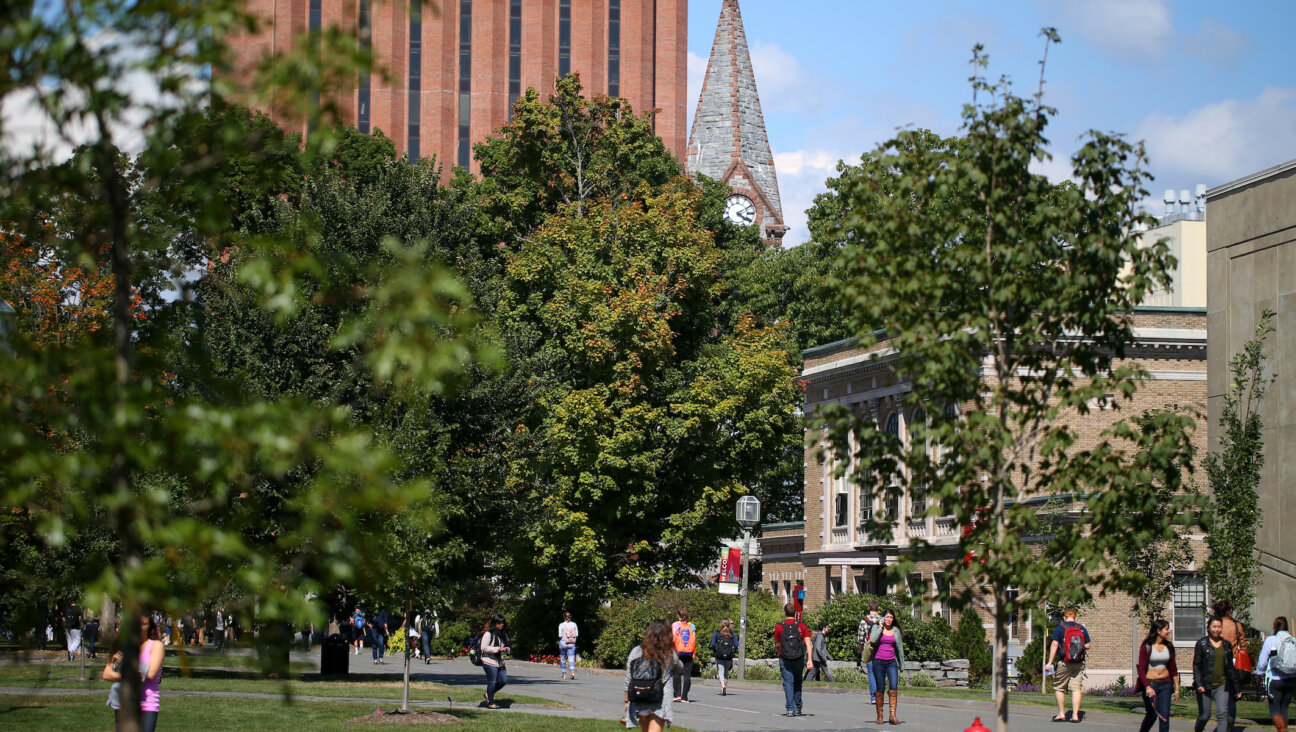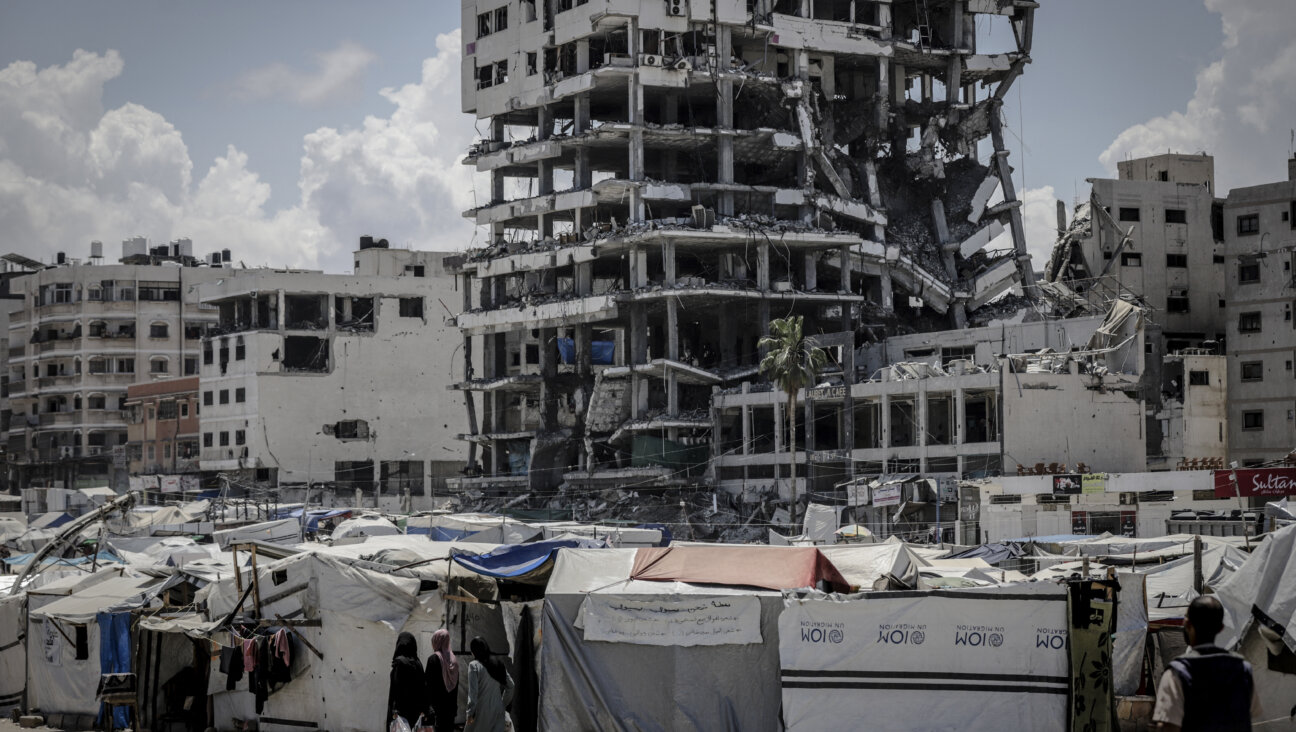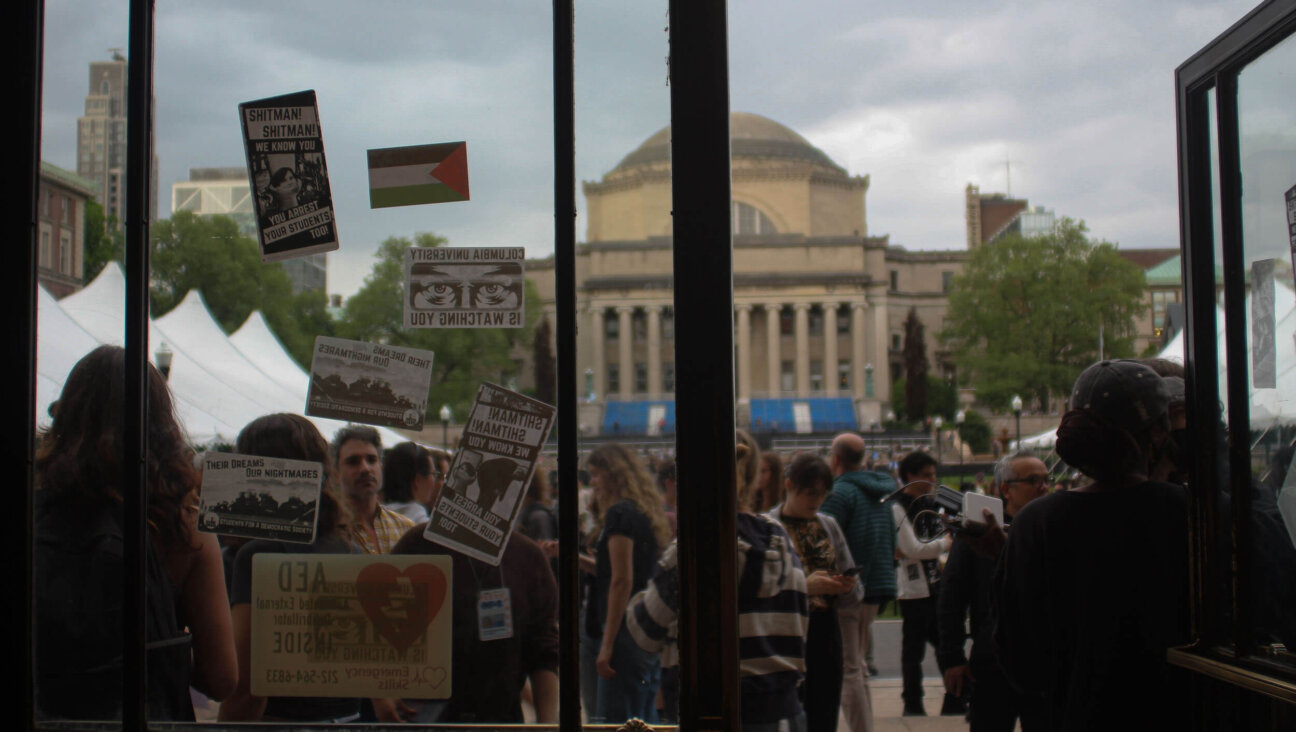I’m a doctor on the front lines of coronavirus. We’ve thrown out the rule book.

Image by Getty Images
I work as a hospitalist at the New York Presbyterian Allen Hospital in Manhattan. For those who are not familiar, a hospitalist cares for patients who, upon coming to the emergency room, are deemed sufficiently sick to require admission to the hospital. Hospitalists, along with pulmonologists and infectious disease physicians, are the group of doctors caring for the majority of patients admitted with coronavirus in the U.S. As I write this, my hospital has been overwhelmed with patients infected by the novel coronavirus who are now ill with COVID-19. The hospital and emergency room are fuller than ever.
When patients are admitted, they are terrified to learn they have contracted this dreaded illness that has so dominated the media and public consciousness and then are forced to face this illness alone and without support. No visitors are permitted in the hospital. Without family members or friends, there is no one to advocate for the patients or even to do something as basic as calling for help when necessary.
Our ICU has overflowed to the point that we needed to establish a makeshift ICU in another area of the hospital. This improvised ICU is now also full and we need to transfer ICU patients to another hospital.
We continue to adapt to create more room and more beds, and to have more providers available. But always, within a few days, the crush of new patients exceeds whatever new capacity we have managed to carve out. Almost every single patient in the hospital and every single patient in the ICU is positive for coronavirus. And we are still a few weeks away from the virus’s peak impact.
There has been talk of how doctors may eventually need to make agonizing choices about how to triage who should receive life-sustaining treatment and who should not. Let me be clear: This is already happening. Since hospitals are full to bursting, ER doctors are forced to send home patients who would certainly be admitted under normal circumstances. While we have not yet run out of ventilators, we have certainly run out of ICU capacity and we must choose which patients may be able to be saved and should be immediately brought to an ICU for aggressive and immediate management, and who is unlikely to survive regardless and therefore needs to wait another hour, hours or days until “an ICU bed opens up.”
These decisions are made in emergency settings in split seconds and currently are made mostly without formal guidance from hospital ethics committees or sufficient data to be able to make a clearly informed medical decision. It’s just one of the ways that rules that had been sacrosanct have been unceremoniously discarded during this pandemic. Duty hour restrictions on medical residents previously prevented residents from working more than 27 straight hours, or more than 80 hours total per week. These rules have been lifted and medical residents can (and do) now work an unlimited number of hours.
Physician assistants, nurse practitioners and nurse anesthetists have been permitted by the governor to practice independently without physician supervision. “Health care providers are relieved of recordkeeping requirements to the extent necessary including maintenance of medical records. Any person acting reasonably and in good faith under this provision shall be afforded absolute immunity from liability,” reads Columbia University Medical Center’s summary of Cuomo’s executive order. And doctors from other specialties — surgery, cardiology, orthopedics and psychiatry, among others — are given a brief orientation and training and then are repurposed to care for coronavirus patients. Just earlier today, I learned that entire teams of pediatricians at another New York hospital are going to start caring for adult COVID patients.
As a public service during this pandemic, the Forward is providing free, unlimited access to all coronavirus articles. If you’d like to support our independent Jewish journalism, click here.
The way that I have been instructed to interact with patients is disorienting to me as a doctor in that it is the complete opposite of everything I learned in medical school and residency. I was taught to greet the patient, speak slowly and clearly, take my time with each patient, sit by the bedside to perform a medical interview with good eye contact and active listening, perform a detailed exam, and make comforting physical contact to reassure the patient.
Now, I ask patients to face away from me as I interview them to avoid having them breathe on me. When I take my medical history, I stand a full six feet away from the patient (if there is room) and only approach the patient to examine him or her.
Eye contact is difficult underneath a face shield and facial expression is impossible behind a mask. I perform the necessary elements of a physical exam but no more, and I avoid unnecessary contact.
In addition to the standard precautions recommended by the CDC, I try to take extra measures to protect myself and to avoid transmitting the virus to my family. I shaved my beard (most of my family will tell you this is not much of a loss) to allow my N95 mask to achieve a tighter seal to my face.
I wear a set of clothes on the way to the hospital, change into my hospital attire for the day and then change back into my travel clothes on the walk home. I leave those at the entryway of my apartment and proceed immediately to shower.
I remove my wedding band and watch every day at work to avoid contamination and I obsessively clean my phone and glasses during the day. I try to minimize using my building’s elevator so as to avoid close quarters. I have practiced significant social distancing within my family as well.
I am shocked by the number of patients that are younger and healthier than I am who are critically ill with coronavirus. I have never taken care of so many patients that remind me of me. One of the great missteps of this pandemic was that, in the government’s effort to reassure the population and prevent panic, there was false reassurance that young healthy people without other illnesses are essentially safe from coronavirus. This is quite untrue. While youth is somewhat protective of severe illness, a full fifth of hospitalized patients are healthy people under the age of 45, and more than one in ten ICU patients are under 45. All the guidelines, rules and advisories put forth by the CDC and DOH about social distancing, hand hygiene and sheltering in place apply just as much to young people as to older people.
Here’s how you can help: If you are not a high-risk individual, please donate blood. There are more hospitalized patients than ever and blood drives are cancelled to avoid large gatherings of people. Blood donation is desperately needed and, at least in New York, can be arranged by appointment. This avoids overcrowding, allows appropriate distancing during donation and can be done quite safely. Please check redcrossblood.org or donate.nybc.org.
New York Blood Center is looking to use plasma with antibodies from patients who have recovered from coronavirus to treat patients currently sick with the disease. If you have had coronavirus and recovered, please visit nybc.org and volunteer for plasma donation.
Text and email your friends working in health care. Like all of you, I have not been able to see friends (and most of my family) and am craving individual human connection and, with shuttered shuls and schools, connection to our community broadly. A text, email or phone call goes a long way to reminding me that I am in your hearts and minds and that there is an entire world out there that will still be there when this crisis is over. Even if you do not get a response immediately, your friends and loved ones fighting this pandemic on the front lines appreciate it immensely.
If you have access to personal protective equipment (PPE) and do not currently need it — maybe you work at a dental clinic, ophthalmology office, veterinary clinic, or construction site — please consider a donation to a nearby hospital. I know that much of the PPE that I have used in the past week has been donated by friends of doctors, good Samaritans, concerned citizens and the like. If you live in the New York area and are able, please mail PPE to:
David Chong, MD, Milstein Hospital Building, 177 Fort Washington Ave., 6th floor, Center 12, New York, NY, 10032.
And finally, stay home. This is your avodah and it is the hardest avodah of all. As a physician, I get to hear every day (these days, at least) what a hero I am. I am thanked for my service like a combat soldier, and read news articles extolling the virtue and selflessness of the legendary doctors and nurses saving lives.
No one is writing Homeric odes or ballads to each of you who is postponing weddings, deferring bat mitzvahs, cancelling long-anticipated vacations, looking longingly around a nearly empty Shabbos table or staring down the barrel of a very lonely Pesach. So let me be the one to tell you: Thank you from the bottom of my heart and the hearts of all of us working in hospitals and health care during this crisis.
The sacrifices you make by being machmir on social distancing will make the difference between life and death for an incalculable number of people. We will have your back if you get sick, please have our back by avoiding getting sick.
Dr. Raphy Rosen is a hospitalist at New York Presbyterian Allen Hospital in Manhattan.
The Forward is free to read, but it isn’t free to produce

I hope you appreciated this article. Before you go, I’d like to ask you to please support the Forward.
Now more than ever, American Jews need independent news they can trust, with reporting driven by truth, not ideology. We serve you, not any ideological agenda.
At a time when other newsrooms are closing or cutting back, the Forward has removed its paywall and invested additional resources to report on the ground from Israel and around the U.S. on the impact of the war, rising antisemitism and polarized discourse.
This is a great time to support independent Jewish journalism you rely on. Make a gift today!
— Rachel Fishman Feddersen, Publisher and CEO
Support our mission to tell the Jewish story fully and fairly.
Most Popular
- 1

Fast Forward Ye debuts ‘Heil Hitler’ music video that includes a sample of a Hitler speech
- 2

Opinion It looks like Israel totally underestimated Trump
- 3

Culture Cardinals are Catholic, not Jewish — so why do they all wear yarmulkes?
- 4

Fast Forward Student suspended for ‘F— the Jews’ video defends himself on antisemitic podcast
In Case You Missed It
-

Culture How one Jewish woman fought the Nazis — and helped found a new Italian republic
-

Opinion It looks like Israel totally underestimated Trump
-

Fast Forward Betar ‘almost exclusively triggered’ former student’s detention, judge says
-

Fast Forward ‘Honey, he’s had enough of you’: Trump’s Middle East moves increasingly appear to sideline Israel
-
Shop the Forward Store
100% of profits support our journalism
Republish This Story
Please read before republishing
We’re happy to make this story available to republish for free, unless it originated with JTA, Haaretz or another publication (as indicated on the article) and as long as you follow our guidelines.
You must comply with the following:
- Credit the Forward
- Retain our pixel
- Preserve our canonical link in Google search
- Add a noindex tag in Google search
See our full guidelines for more information, and this guide for detail about canonical URLs.
To republish, copy the HTML by clicking on the yellow button to the right; it includes our tracking pixel, all paragraph styles and hyperlinks, the author byline and credit to the Forward. It does not include images; to avoid copyright violations, you must add them manually, following our guidelines. Please email us at [email protected], subject line “republish,” with any questions or to let us know what stories you’re picking up.














